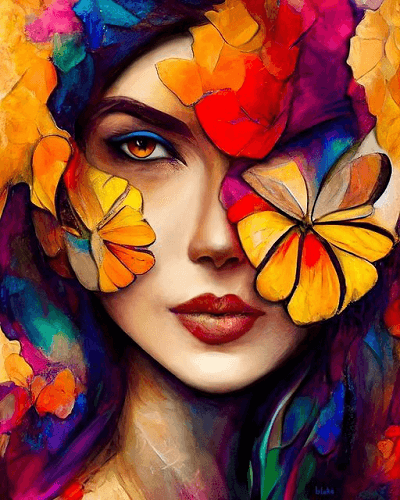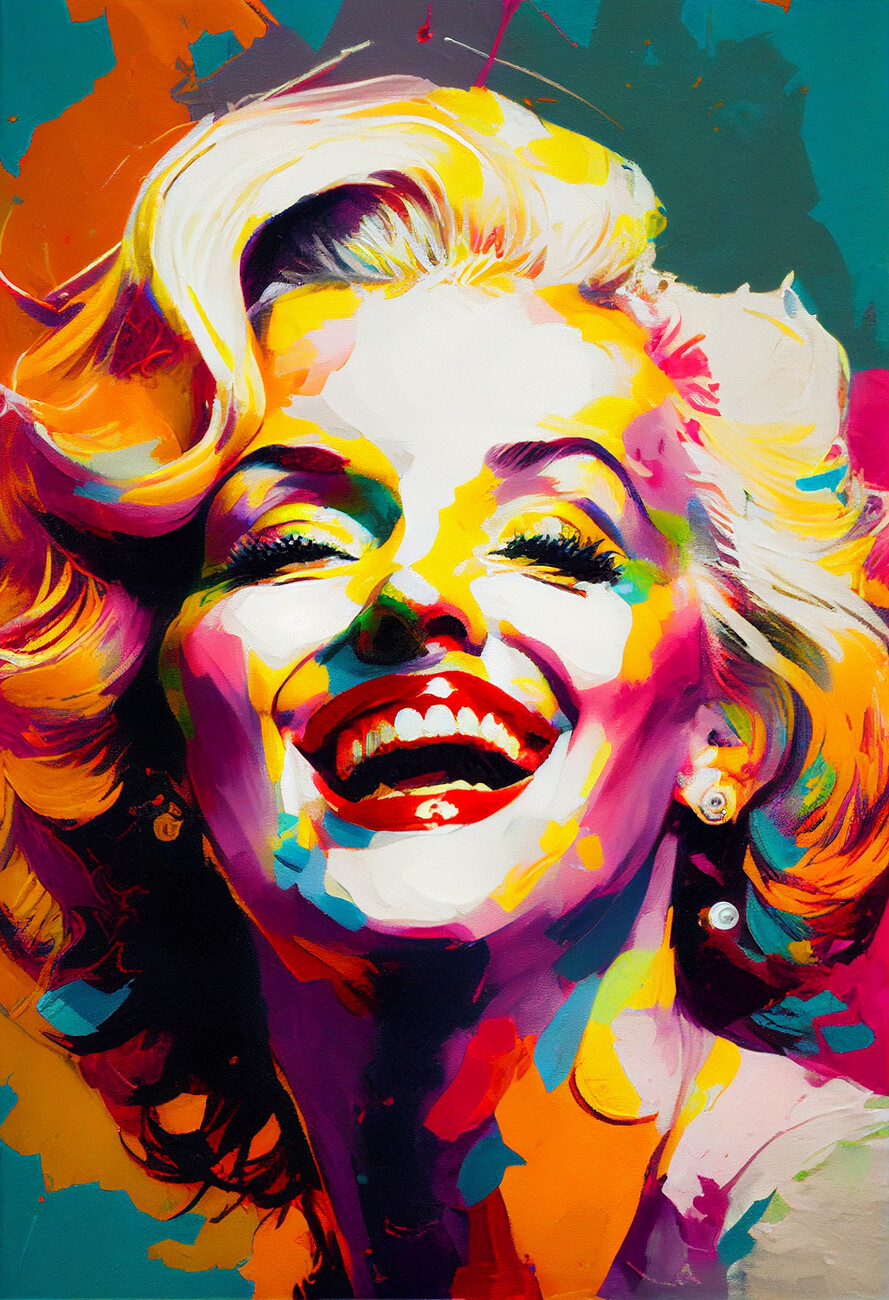Starting an Aesthetic Trip Through the Lyrical Interpretations of Nature in Stylist Landscapes
Each brushstroke, each play of light and darkness, and each shade option in their works talks volumes about the musicians' deep link to nature and their capability to equate its appeal onto the canvas. As we explore the lyrical interpretations of nature in Impressionist landscapes, we are invited to immerse ourselves in a globe where fact and feeling intertwine, offering a peek into the musicians' profound appreciation for the all-natural globe.
The Exciting Brushstrokes of Claude Monet
Claude Monet's mastery of brushstrokes transcends plain technique, imbuing his landscapes with a spiritual top quality that enthralls and captivates audiences - trump art. His ingenious use of shade and light, integrated with his distinctive brushwork, develops a sense of movement and life within his paints. Monet's distinguished series of works showing water lilies and his famous haystacks display his ability to capture the fleeting effects of light and atmosphere

Embracing Light and Shadow With Camille Pissarro
Personifying a similar respect for the interaction of light and shadow, Camille Pissarro's creative vision unravels as a harmonious expedition of the environment's luminescent subtleties. Pissarro, an essential figure in the Impressionist activity, masterfully recorded the vibrant relationship between light and darkness in his landscapes. His experienced use of shade and brushwork permitted him to communicate the subtle changes in light that specify various times of day and seasons.
Pissarro's paints usually include spotted sunshine infiltrating leaves, casting elaborate patterns of light and shadow on the planet listed below. In jobs such as "Hoar Frost, the Effect of Snow, Pontoise," Pissarro skillfully depicts the crisp brightness of wintertime sunlight juxtaposed with the amazing shadows that specify the snowy landscape. By welcoming both light and darkness in his compositions, Pissarro welcomes viewers to immerse themselves in the natural appeal and short-term impacts of light worldwide around them.

Via Pissarro's works, we are reminded of the transformative power of light and darkness, inviting us to pause and appreciate the short lived moments of charm existing in the daily landscapes that surround us.
A Harmony of Color Styles by Edgar Degas
Edgar Degas manages a vibrant symphony of shades in his skillful art work, instilling his make-ups with a dynamic interaction of tones that astound the customer's stare. Known mainly for his ballet dancers and intimate scenes of Parisian life, Degas expertly controlled colors to convey mood and movement in his paints. trump art. His use bold, different shades and refined tonal variants created a feeling of deepness and vibrancy within his works
Degas' color scheme typically was composed of rich blues, deep greens, and warm oranges, which he applied with positive brushstrokes to catch the essence of his topics. Whether portraying a ballerina mid-performance or a team of close friends conversing at a coffee shop, Degas' colors not only showed the scene yet additionally stimulated a sense of emotion and energy.
Moreover, Degas' testing with light and shadow added an additional layer of intricacy to his color structures, enhancing the general environment of his paintings (trump art). With his skillful control of shade, Degas created an aesthetic harmony that remains to reverberate with audiences today
Discovering Nature's Peacefulness With Berthe Morisot
Berthe Morisot's creative vision provides a serene departure from the dynamic color harmonies of Edgar Degas, as she records the harmony of nature in her evocative landscapes. Understood for her fragile brushwork and intimate portrayals of daily life, Morisot's landscapes emanate a sense of tranquility and consistency.
Morisot's paintings usually feature soft, soft tones that convey a feeling of calmness and serenity. Her works, such as "The Cradle" and "Summertime's Day," display her capacity to catch the refined charm of nature in a way that is both relaxing and contemplative to the visitor.
Unlike several of her Stylist counterparts who concentrated on strong shades and dynamic structures, Morisot liked to produce mild, reflective scenes that invite the viewer to reflect and stop. Via her skillful use of light and shadow, Morisot produces a sense of peace that reverberates with the audience on a deep psychological level.
The Emotional Landscapes of Vincent Van Gogh
Vincent Van Gogh's landscapes clearly communicate a deepness of feeling through their dynamic brushwork and meaningful usage of shade. The Dutch post-impressionist artist is renowned for his capability to record raw and intense feelings in his paintings, going beyond conventional hop over to here representations of nature. Van Gogh's turbulent individual life, marked by mental wellness struggles, substantially affected his art, instilling his landscapes with a feeling of worry, moody, or pep.
In jobs such as "Starry Night" and "Wheatfield with Crows," Van Gogh's swirling brushstrokes and dynamic shade selections stimulate an extensive psychological action from viewers. The stormy skies and agitated landscapes in his paintings show his internal chaos and psychological turbulence, inviting customers to dig into the intricacies of his subconscious.
Van Gogh's special visual language, identified by overstated perspectives and strong use of color, develops landscapes that resonate with customers on a deeply emotional level. With his art, Van Gogh invites us to see nature not equally as an outside truth but as a mirror of our innermost sensations and emotions.
Conclusion
In conclusion, the impressionist landscapes of musicians such as Claude Monet, Camille Pissarro, Edgar Degas, Berthe Morisot, and Vincent Van Gogh provide a fascinating and unique aesthetic interpretation of nature. Via their use brushstrokes, light, emotion, and shade, these artists have actually created a symphony of pictures that stimulate a feeling of peacefulness and charm in the environment. Their jobs proceed to influence and charm viewers with their lyrical analyses of the landscapes around us.
Each brushstroke, each play of light and shadow, and each shade selection in their jobs speaks quantities regarding the artists' deep connection to nature and their capability to convert its elegance onto the canvas. His ingenious use of color and light, combined with his distinctive brushwork, develops a sense of activity and life within his paintings. His experienced usage of color and brushwork permitted him to share the refined shifts in light that define various times of day and periods.
